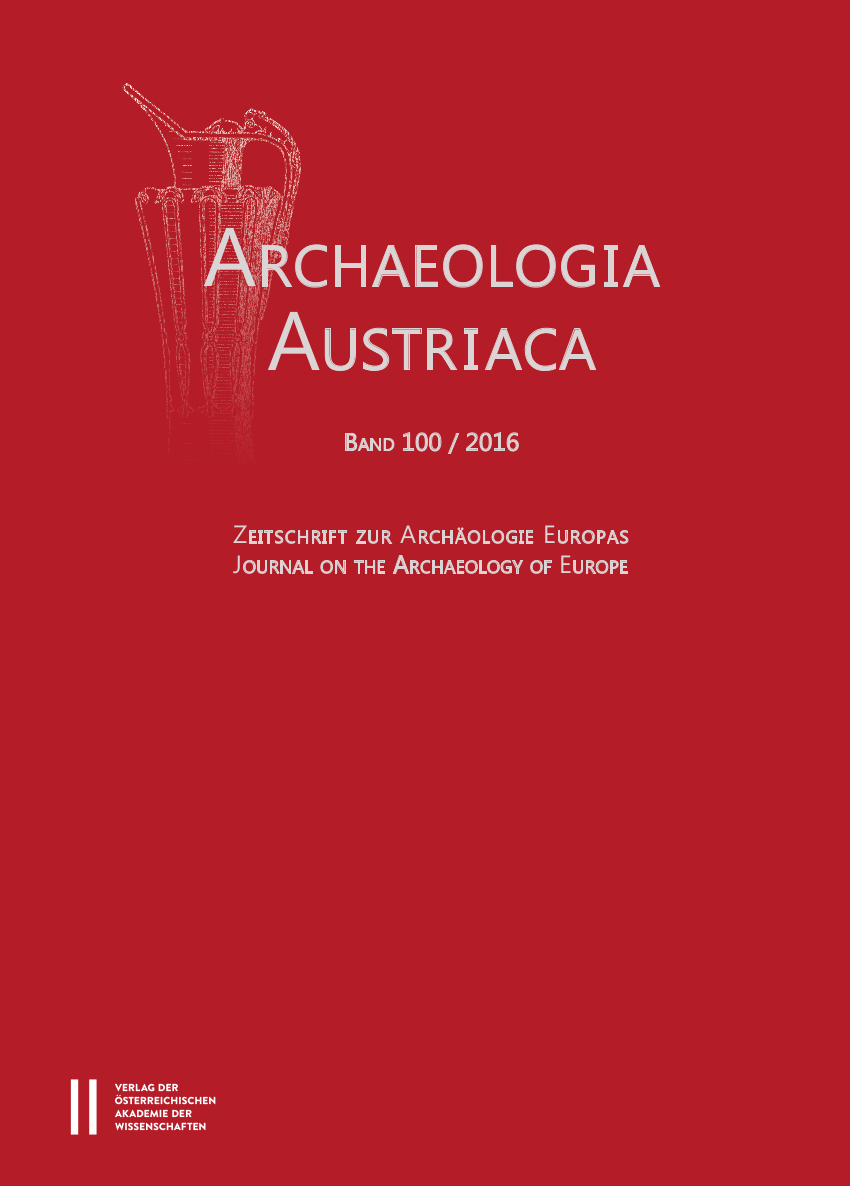
Archaeologia Austriaca 100/2016, pp. 151-188, 2016/12/19
Zeitschrift zur Archäologie Europas
Journal on the Archaeology of Europe
When working with closed finds, the knowledge of the research history of the find spot and the re-examination and re-assessment of the find contexts and finds, especially those from the beginnings of prehistoric research, is an absolute necessity. Clean data bases are the prerequisite for a computer-based seriation and statistical and cultural- historical analyses. The review of old find complexes is particularly feasible, where they can be compared with features and finds from the same find spot, which were excavated and documented with modern methods. In this article, the two Urnfield ‘hut inventories’, which had been excavated by Josef Höbarth in the first half of the 20th century, serve as examples. They are reviewed in their coherence and are compared with excavation findings and results of more recent archaeological examinations at the same find spot. In order to reconstruct Höbarth’s state of knowledge, activities and work methods, the first part of the article presents an overview of the early research at the site of Thunau am Kamp as well as biographical data for Josef Höbarth, in regard to his connections to the excavations at Thunau. A digital text-figure-catalogue of the archaeological finds from Thunau am Kamp, which are stored at the museums of the city of Horn, also belongs to this article (Appendix A). It is available through the online edition of this journal.
Keywords: Late Bronze Age, Urnfield Culture, Thunau am Kamp, hilltop settlement, old finds